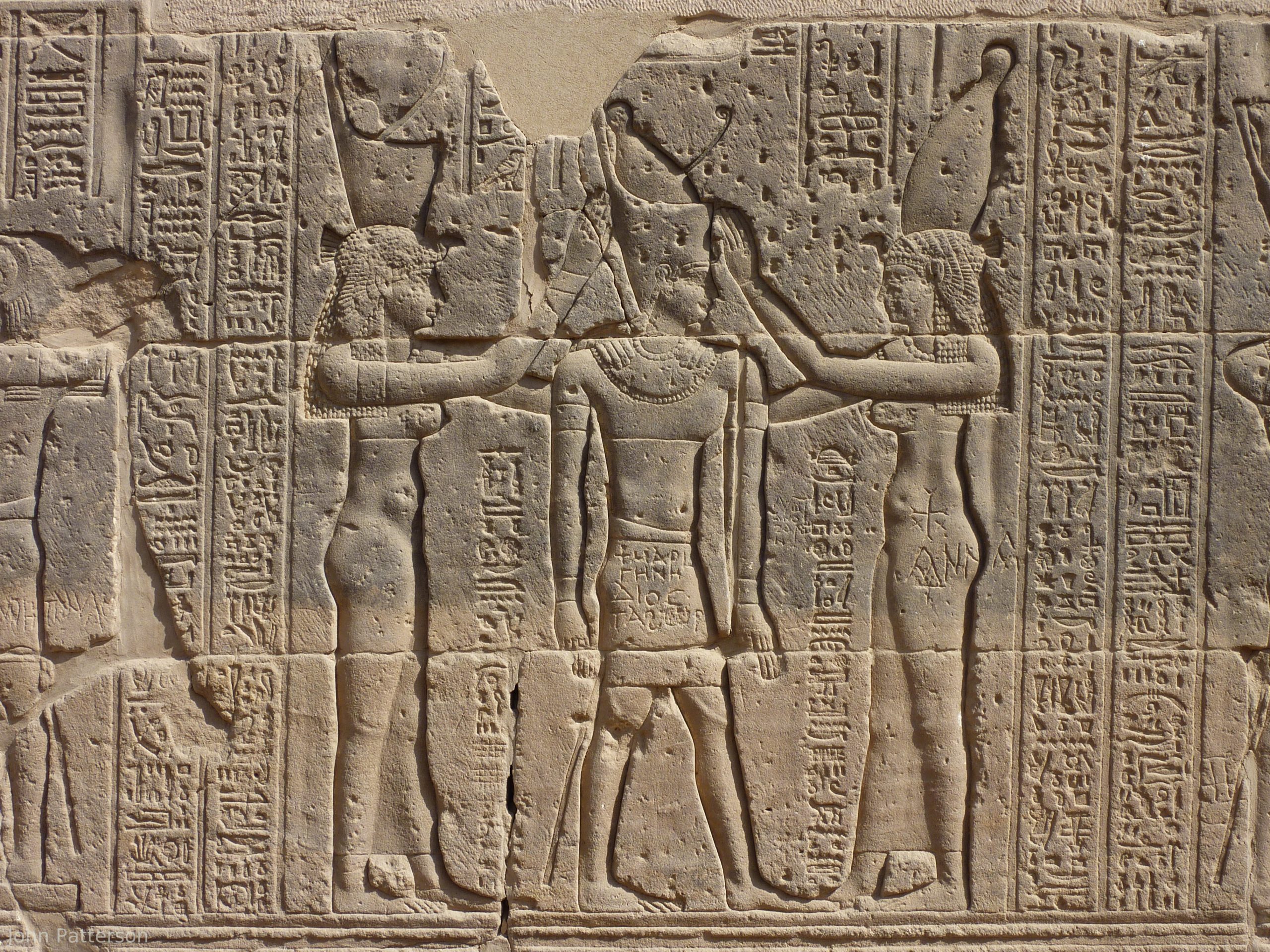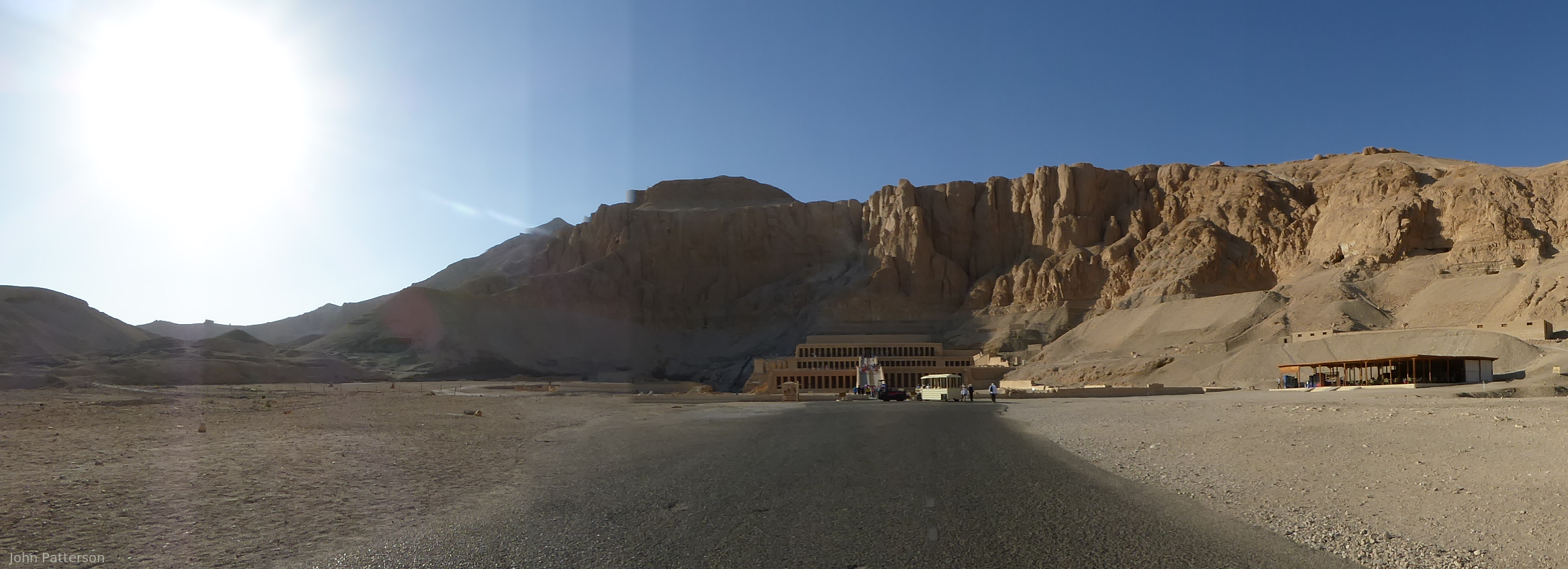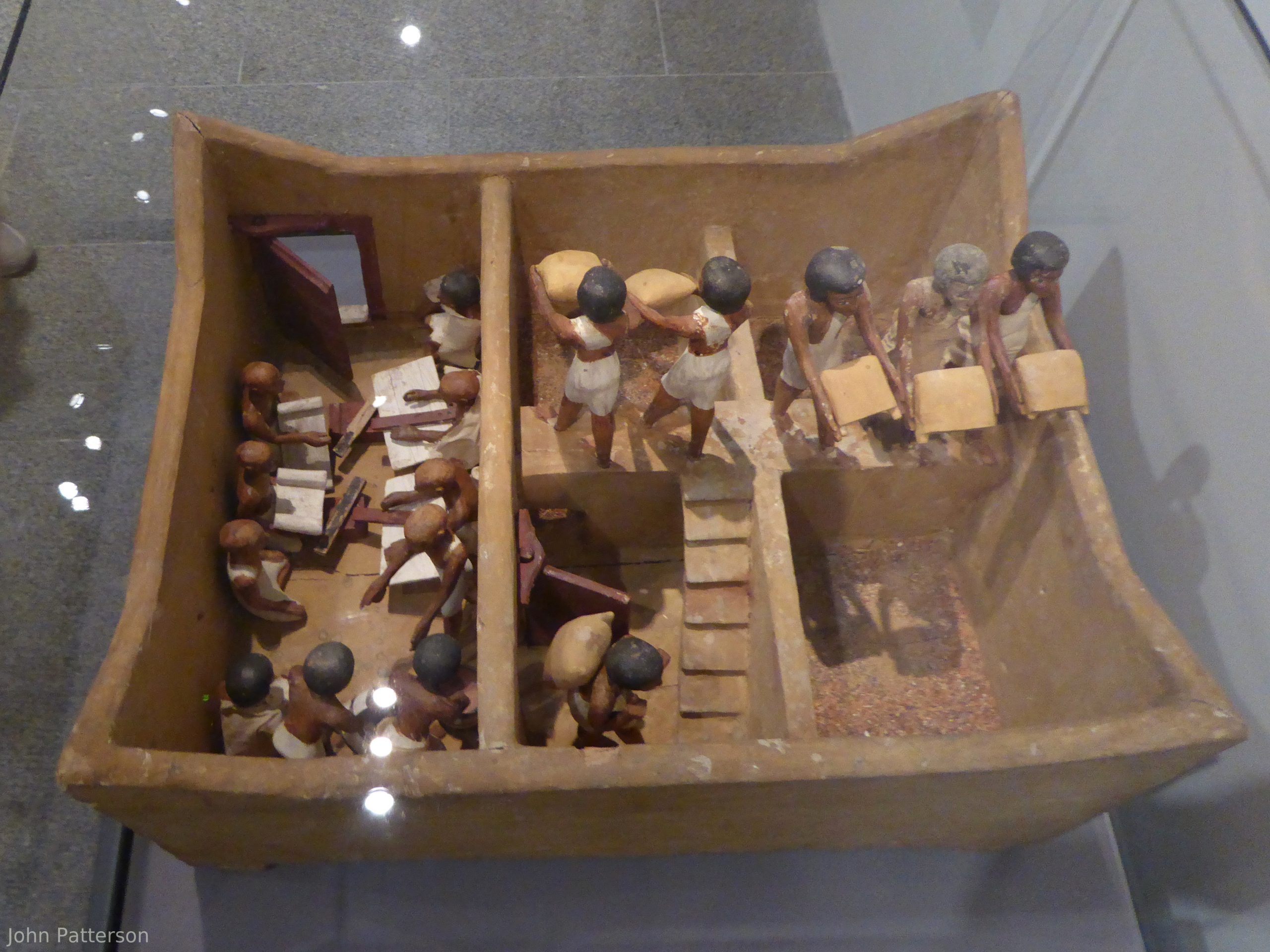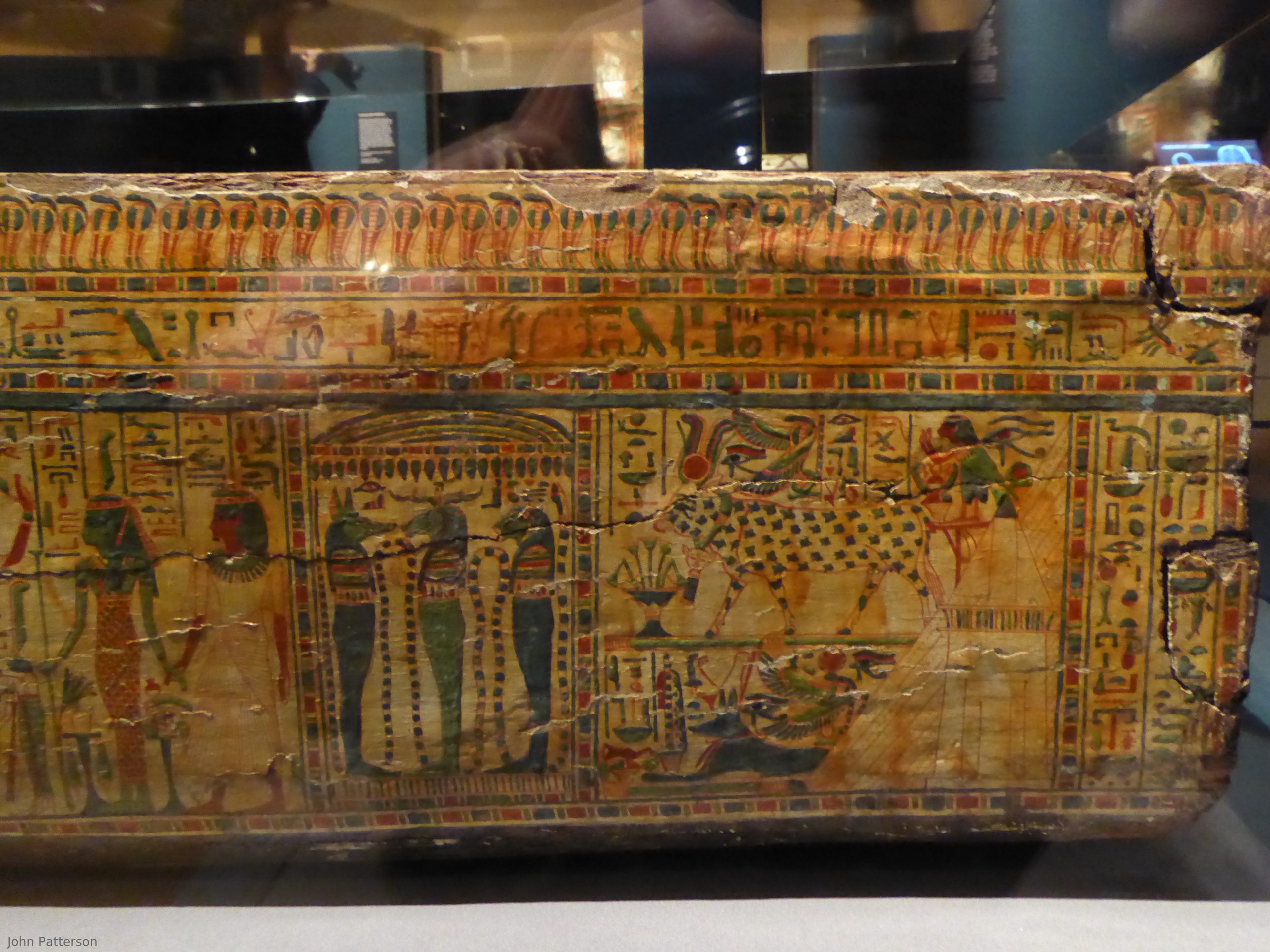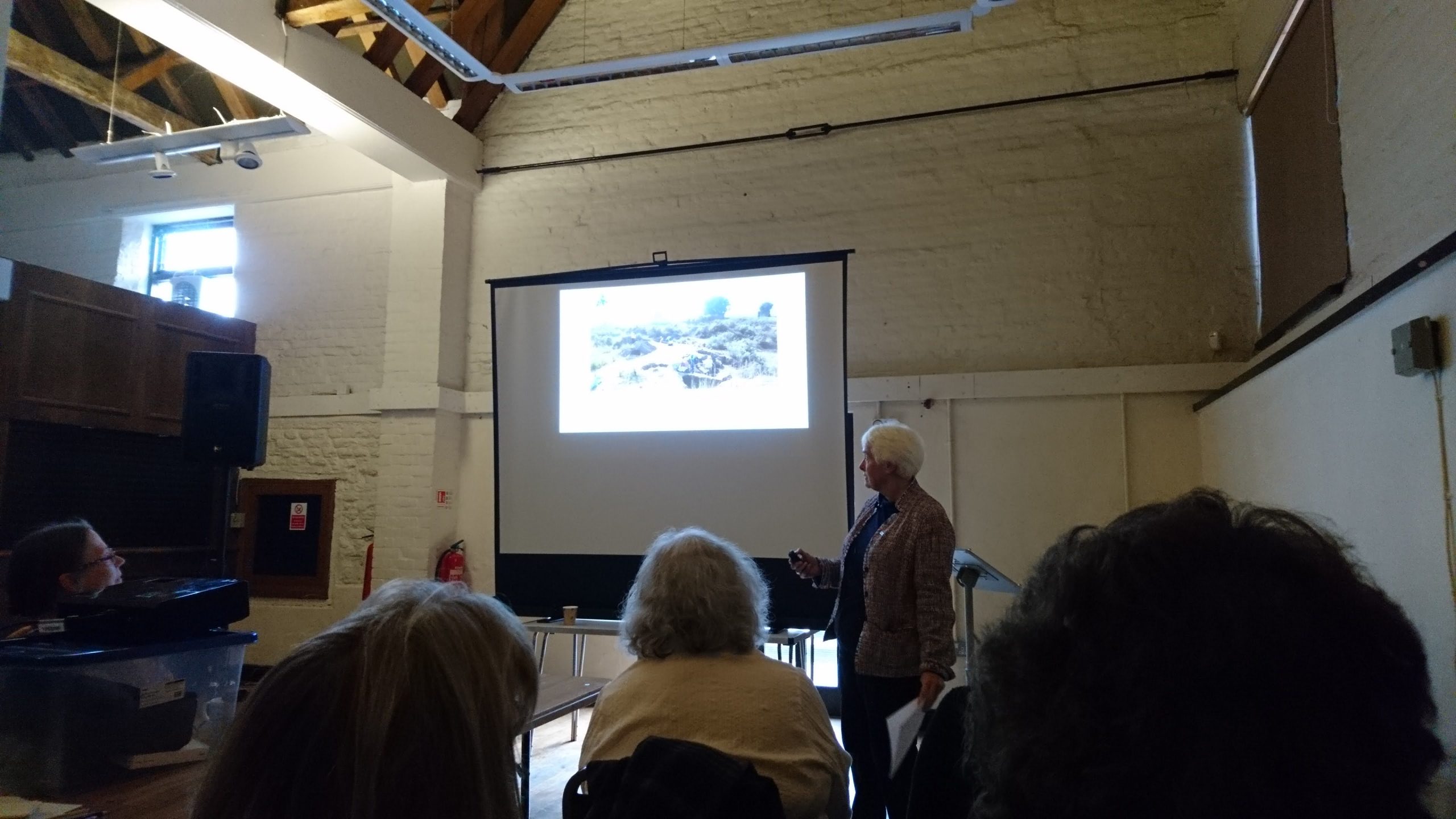“Pharaonic Purification Scenes in the Graeco-Roman Period” Konstantin Ivanov
At the beginning of September Konstantin Ivanov visited us at the Essex Egyptology Group to talk to us about scenes showing purification of the Pharaoh in Graeco-Roman period temples. He began by talking about why he was studying these scenes. Firstly because they are telling us something about an important part of Egyptian culture – purity was a requirement before someone could enter the temple, so the Pharaoh must also be purified when he comes to the temple. And secondly he thought this was a good area to investigate because not a lot of work has been done on these scenes. Gardiner published on the subject in 1950 and that’s still the most cited text. It’s even cited by people discussing Ptolemaic Period temples, despite Gardiner explicitly staying he’s not covering that period! As well as that gap there is also new evidence available, so Ivanov did a large scale… Read More »“Pharaonic Purification Scenes in the Graeco-Roman Period” Konstantin Ivanov
